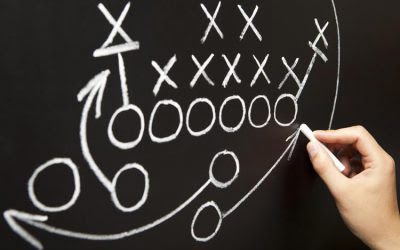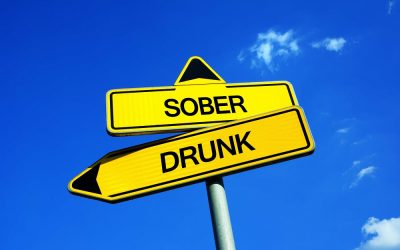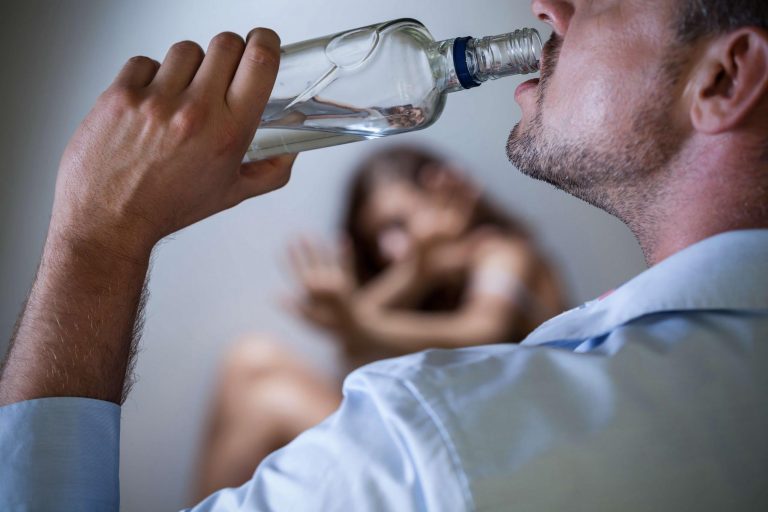Alcohol Use Disorder: What It Is, Symptoms & Treatment
It also becomes harder and harder for the person to stop drinking as the fear of experiencing those withdrawal symptoms sinks in. As more and more time and attention is being given to both mental health and the way substance abuse affects mental health, we have gotten more and more studies on the way that alcohol affects the brain. Those studies have shown that over time, alcohol can lead to significant changes in the overall makeup of https://ecosoberhouse.com/ the brain as well as brain functionality.

Obsessive Alcohol Abuse
- To experience even a normal level of reward, the person must continue to use drugs, which exacerbates the problem, creating a vicious cycle.
- In such cases, our alcohol detox program in Indiana, followed by our inpatient rehab program is typically recommended as the initial course of treatment.
- If a patient answers “yes” to six or more questions not listed here, it may indicate a severe AUD.
- Additionally, medication such as naltrexone and acamprosate have been approved by the US Food and Drug Administration for AUD treatment.
When patients have sleep-related concerns such as insomnia, early morning awakening, or fatigue, it is wise to screen them for heavy alcohol use and assess for AUD as needed. If they use alcohol before bedtime, and especially if they shift their sleep timing on weekends compared to weekdays, they may have chronic circadian misalignment. If they report daytime sleepiness, one possible cause is alcohol-induced changes in sleep physiology. A health care provider might ask the following questions to assess a person’s symptoms. Evidence-based treatment programs offer therapy at the individual and group levels. Alcohol treatment often occurs at the inpatient level of care, but you can also find outpatient services for the condition.
Social drinking vs excessive alcohol use—how to tell the difference?
Alcoholism, or alcohol use disorder (AUD), is a chronic brain disorder characterised by altered brain structure and function. The modern disease theory of alcoholism states that problem drinking is caused by a disease of the brain, with the American Medical Association (AMA) recognising alcoholism as a disease since 1956. The AMA’s disease theory is based on the criteria that it is biological in nature, with compulsive decision-making, impulsive behaviour, and relapse. The disease model of alcoholism has been controversial, with some arguing that it removes personal responsibility and ignores the underlying Drug rehabilitation reasons for alcohol use. However, recognising alcoholism as a disease allows for a compassionate approach to treatment and management. Treatment options for alcoholism include behavioural treatments, mutual-support groups, and medications, with ongoing management being a necessary aspect of the recovery process.
Careers at NIMH
Alcohol use disorder (AUD), previously known as alcoholism, is a multifaceted condition that affects over 10% of the population in the US. The American Medical Association (AMA) first identified alcoholism as a disease is alcoholism considered a mental illness in 1956, characterising it as a condition marked by compulsive decision-making, impulsive behaviour, and relapse. AUD is also recognised as a mental health condition, referring to alcohol use that feels distressing or beyond one’s control.

Diagnosing alcohol use disorder
Once the conditions are properly diagnosed, the rehab center can come up with an appropriate plan of action. Substance abuse treatment for addiction is personalized and can include various approaches, with treatments such as medication-assisted treatment, behavioral therapies, and support groups. At SCRC, an all-male outpatient treatment center in San Diego, our health care providers focus on offering a supportive environment for recovery while allowing clients to maintain their daily responsibilities. The disease model of addiction views it as a chronic disease similar to cardiovascular disease or diabetes. This model argues that addiction is caused by a combination of behavioral, environmental, and biological factors.

It teaches techniques to self-soothe, distract yourself, and ride out intense emotions until they pass. Millions of people in the United States have bipolar disorder, ranging from adolescents to seniors. Mood swings resulting from bipolar disorder can lead to a wide range of mental and physical symptoms.


